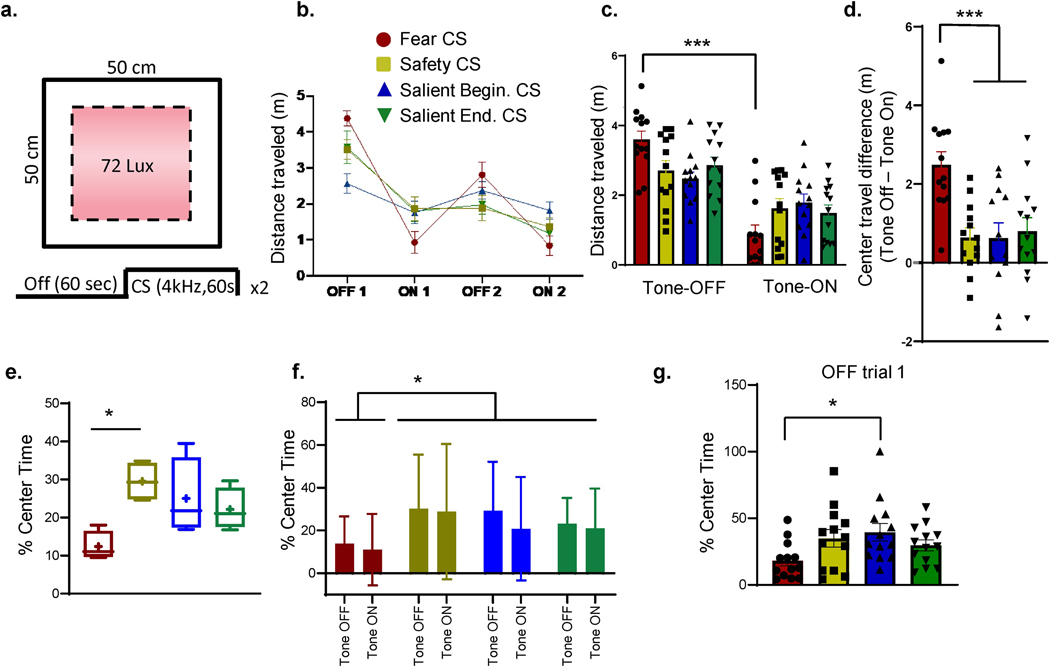Figure 2. Safety training improves exploration of a novel anxiogenic environment.
(a) Protocol and schematic of the open-field used for innate anxiety testing. (b) Exploratory behavior measured as distance traveled from all groups throughout the entire field (meters). (c) Average distance traveled by each group throughout the field during Tone-off and Tone-on periods. Post-hoc contrasts: Fear Conditioned group, the average travel distance during Tone-on is significantly lower (0.88m±0.26) than during the Tone-off periods (3.60m±0.24, p< 0.0001). (d) Change in travel distance within the anxiogenic center of the field. Change measured as center distance travelled during Tone-Off – Tone-On period. The average difference is significantly lower in the safety groups; Safety = 0.64m ±0.24, Salient Beginning safety = 0.63m ±0.36, Salient end safety = 0.80m ±0.34 than the Fear Conditioned group 2.49m ±0.33. (e) Box and whisker plot showing percent center time for each group during Tone-on periods. (f) Mean percent center time during Tone-off and Tone-on trials. (g) Mean percent center time during Trial-Off 1 (the first 60 seconds in the open field). Post-hoc contrast: Percent time in the center is significantly higher in the Salient Beginning Safety Group compared to the Fear Conditioned Group (p=0.035).

